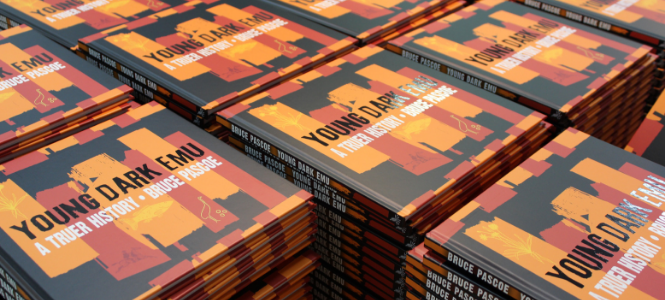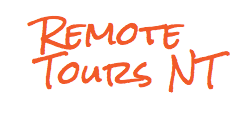With a focus on young people, the Watarrka Foundation dedicates it’s time to developing programs and community events that educate the next generation about many facets of life, including the study of Aboriginal culture. The work we do in this arena stems from a deep passion for the community of the Watarrka region and a desire to see their legacy last.
One of our many missions is helping children build a sense of pride for their heritage and understand their rich history in a way that is engaging and authentic. As such, this month we wanted to share some of our favourite children’s book that explore Aboriginal language, culture and history.
We strongly believe that a large part of keeping the Indigenous Australian culture alive rests on educating our youth (Indigenous and non-Indigenous) on Australian history, including Aboriginal culture, history and language. The below children's books are excellent resources for future generations to further their education on our Australian and Aboriginal history.
Counting on Our Country by Jill Daniels is a bilingual book exploring animals found in Australia. Each double-page spread features the name of an animal in Ritharrnu, the authors Aboriginal language, and in English. The book is highly engaging, featuring painting by Jill in her distinctive style and a playful use of colour.
‘Family’ is a thoughtful contemplation about how family is what makes us whole. Beautifully illustrated, this picture book demonstrated that family isn’t just the individuals in your life, but can be about heart and home, stories and songs and an endless sky. It teaches us how to be with each other, in kinship and with Country.
‘Splosh for the Billabong’ by Ros Moriarty is a book that explores northern Australian animals, landscapes and Indigenous art. The book features all things ‘swirly and squelchy’ and is a celebration of country, animals and painting. The book was illustrated by Balarinji, Australia’s leading Indigenous design studio. The author of the book is also a founder of Indi Kindi, an early literacy education organisation.
Considered a classic, ‘The Rainbow Serpent’ tells the Dreamtime story of how the Rainbow Serpent came from beneath the ground and creating the ridges, mountains and gorges we see today. The name also reflects the snake-like meandering of water across a landscape and the colour spectrum sometimes caused by light hitting water. The Rainbow Serpent has also being associated with ceremonies about fertility and abundance, the organisation of community and the keeping of peace.
‘Welcome to Country’ depicts an Aboriginal ceremony of Welcome to Country for the first time. Written by two Indigneous Australians, Lisa Kennedy and Aunty Joy Murphy, the picture book invites young readers to discover some of the history and traditions of the Wunrundjeri people.
‘Finding our Heart’ by Thomas Mayor is a book about the Uluru Statement. It aims to teach young minds about understanding Australia’s past, so that we can have a shared future. The author hopes that by talking to future Australian generations, we can all accept what First Nations have proposed in the words of the Uluru Statement: 'When we have power over our destiny our children will flourish. They will walk in two worlds and their culture will be a gift to their country.'







Copyright © 2025 All Rights Reserved | Privacy | Terms & Conditions